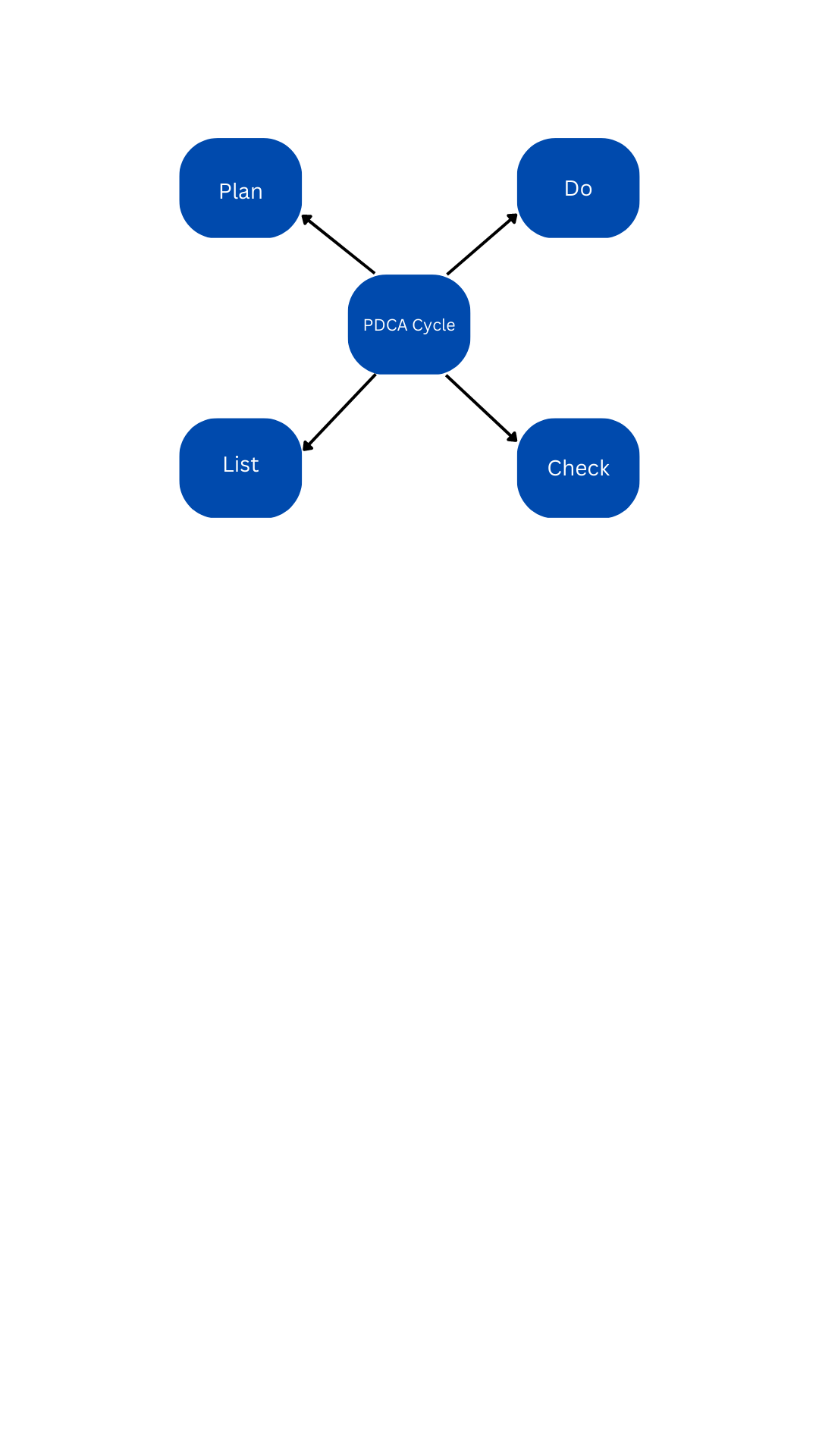Juran’s quality triology
Juran’s quality trilogy is a management framework developed by Joseph M. Juran, a renowned quality expert. The trilogy consists of three interrelated processes that organizations can use to achieve and maintain high levels of quality:
Quality Planning: This process involves identifying the customers’ needs and expectations, and designing products and services that meet or exceed those expectations. Quality planning includes defining quality objectives, establishing quality standards, and developing plans to ensure that those standards are met.
Quality Control: This process involves monitoring and controlling the production process to ensure that the product or service meets the quality standards established in the quality planning process. Quality control involves inspecting products and services, measuring performance, and taking corrective action when necessary.
Quality Improvement: This process involves continuously improving the production process to increase efficiency, reduce waste, and improve product and service quality. Quality improvement involves identifying problems and opportunities for improvement, analyzing root causes, and implementing solutions to prevent the problem from recurring.
Together, these three processes form a continuous cycle of planning, controlling, and improving quality. Juran believed that organizations that follow this framework can achieve high levels of quality, customer satisfaction, and profitability.
PDCA Cycle
The PDCA cycle is a management methodology used to improve processes and achieve continuous improvement. It stands for Plan-Do-Check-Act and is also known as the Deming cycle or the Shewhart cycle, named after its originators, W. Edwards Deming and Walter Shewhart. The PDCA cycle consists of four stages:
Plan: This stage involves identifying a problem, analyzing it, and developing a plan for improvement. This includes setting objectives, establishing a process for achieving those objectives, and determining the resources required to implement the plan.
Do: This stage involves implementing the plan developed in the planning stage. This may involve testing a new process or procedure or making changes to an existing process.
Check: This stage involves monitoring and evaluating the results of the implementation to determine whether the plan was successful in achieving the objectives set in the planning stage.
Act: This stage involves taking action based on the results of the check stage. If the plan was successful, the new process or procedure is implemented. If the plan was unsuccessful, changes are made and the PDCA cycle starts again.
The PDCA cycle is a continuous improvement process and can be applied to any area of an organization, from manufacturing to service delivery to administrative processes. It is a powerful tool for improving processes, reducing waste, and increasing efficiency.
